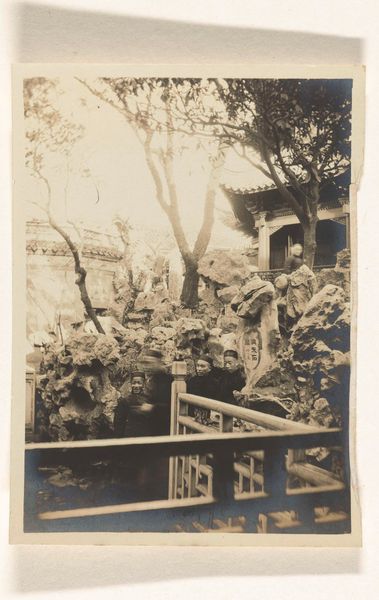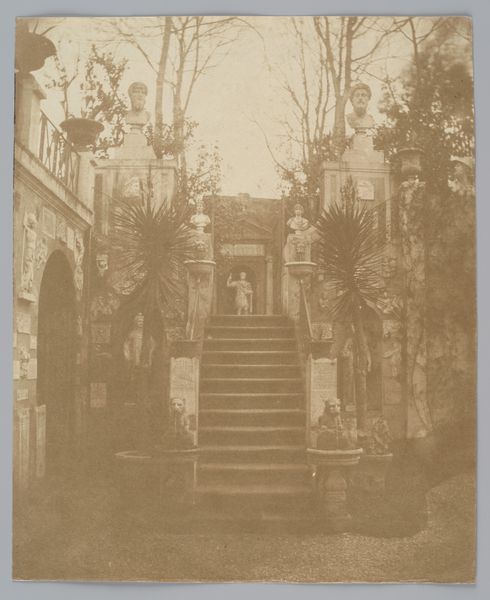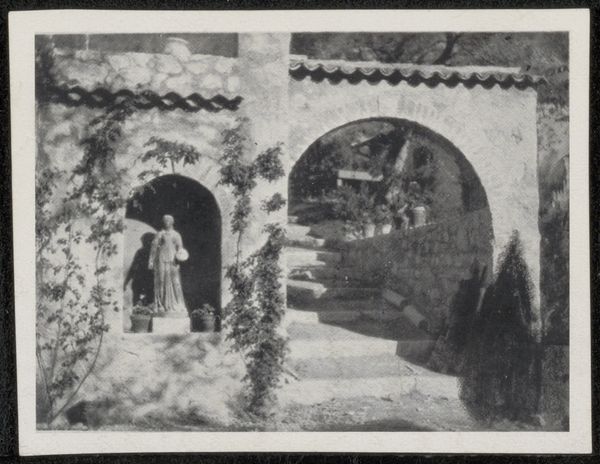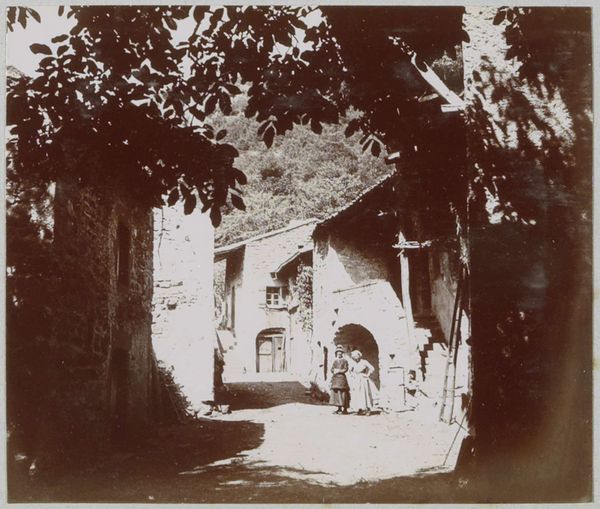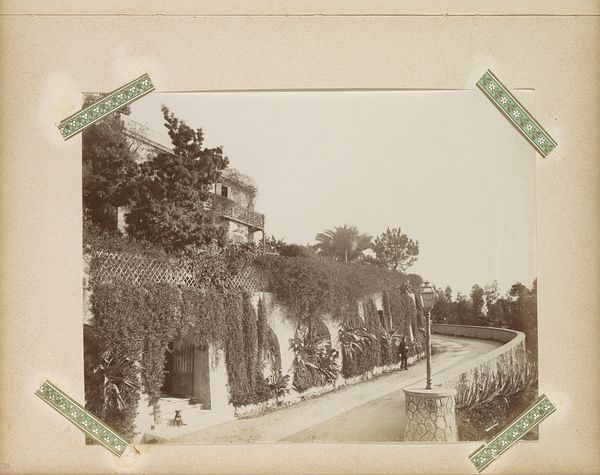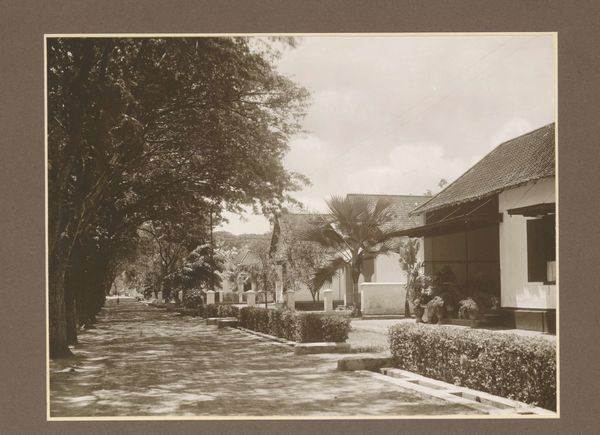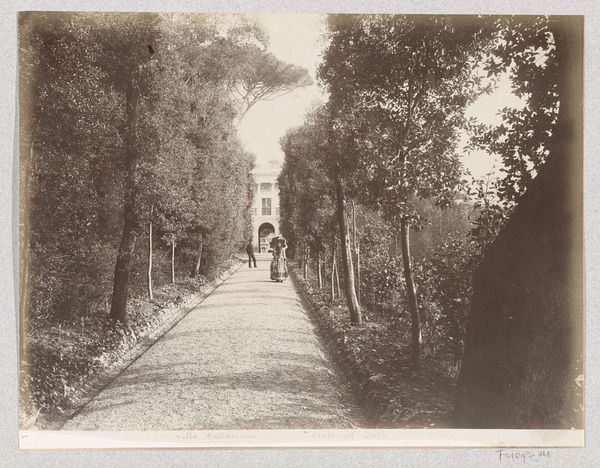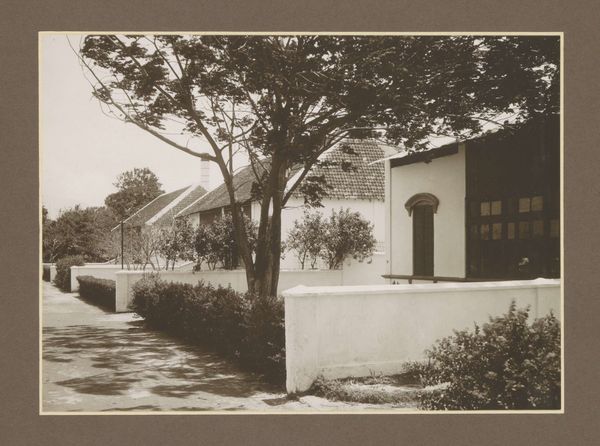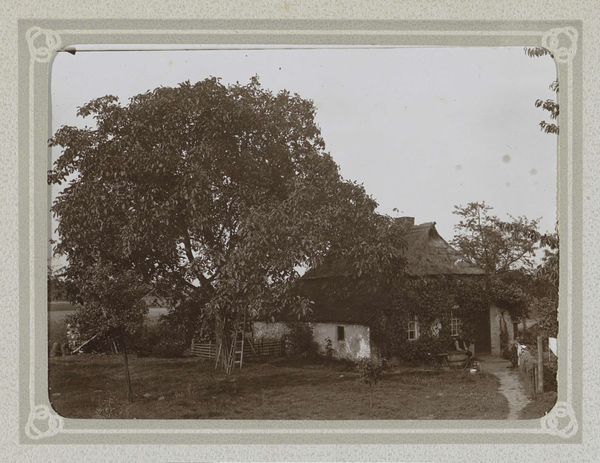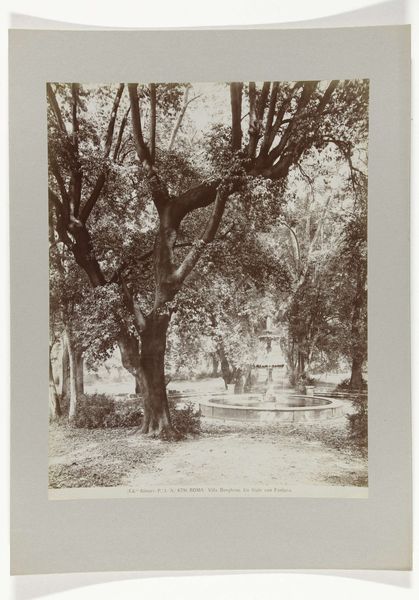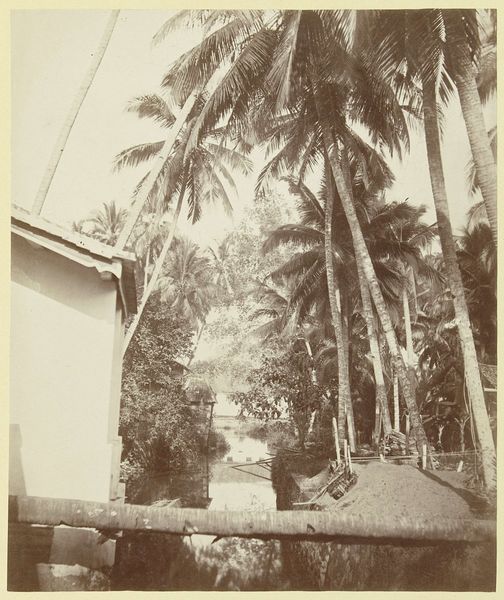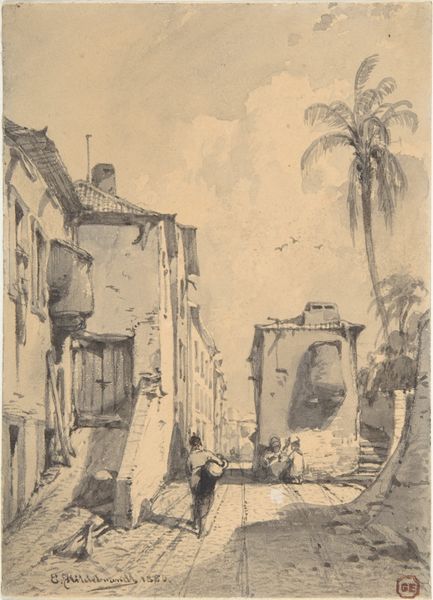
photography, gelatin-silver-print
#
sculpture
#
landscape
#
photography
#
orientalism
#
gelatin-silver-print
#
cityscape
#
realism
Dimensions: height 100 mm, width 74 mm, height 363 mm, width 268 mm
Copyright: Rijks Museum: Open Domain
Editor: This is "Canton, the garden of the dead," a gelatin silver print from 1908 by Geldolph Adriaan Kessler, currently housed in the Rijksmuseum. It's a black and white photograph that gives off a sort of quiet, almost haunting feeling despite the presence of people in it. How do you interpret this work? Curator: The photograph encapsulates a moment in time where Western fascination with the Orient met the socio-political realities of colonial influence. Images like this were often consumed within the framework of Orientalism, perpetuating exoticized views of non-Western cultures. Consider the title itself: "The garden of the dead." How might that phrase shape a viewer's perception of Canton and its people? Editor: I see what you mean. It feels like the title hints at a Western gaze framing this space as inherently morbid or mysterious. Were images like this commonly used to justify colonial actions, by depicting cultures as somehow backwards? Curator: Precisely. Photography at the time, though seemingly objective, could be manipulated to create particular narratives. It is crucial to consider the public role of this photography: who was seeing it, and what message were they intended to take away? The inclusion of Western figures suggests a certain level of access and perhaps control within this "garden." Editor: That adds another layer to it. The photograph isn’t just a record of a place, but of a power dynamic. It's like the photographer is presenting Canton through a filtered lens. Curator: Indeed. It invites us to reflect on the ways images can participate in the construction and maintenance of colonial ideologies. Considering that Kessler was Dutch, how might Dutch colonial presence in Asia play into this depiction? Editor: I hadn't considered that. This makes me realize how important it is to question the motivations and perspectives behind these seemingly straightforward historical documents. Curator: Exactly. By deconstructing these images, we can better understand the politics of imagery and the complex relationships between different cultures.
Comments
No comments
Be the first to comment and join the conversation on the ultimate creative platform.
